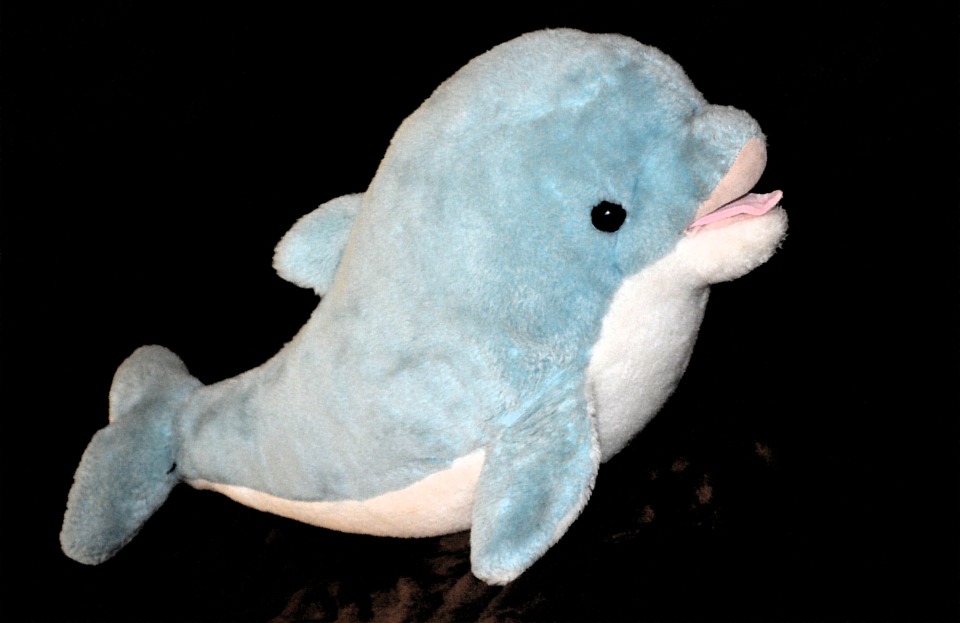Introduction:
Maintaining the ideal environment for your fish is crucial to their health and well-being. One important factor to consider is the salinity level in their tank. In this article, we will explore the significance of salinity in fish tanks and provide answers to commonly asked questions.
I. What is Salinity?
A. Definition and measurement of salinity
Salinity refers to the concentration of dissolved salts in water. It is typically measured in parts per thousand (ppt) or specific gravity (SG). Salinity levels can vary depending on the type of fish and their natural habitat.
B. Different types of salinity scales
There are different scales used to measure salinity, including the ppt scale and the SG scale. The ppt scale measures the weight of salt in grams per kilogram of water, while the SG scale measures the density of the water compared to pure water.
II. Why is Salinity Important for Fish?
A. Natural habitat and adaptation
Many fish species are adapted to specific salinity levels in their natural habitats. Maintaining the appropriate salinity in their tank helps replicate their natural environment, ensuring their overall health and well-being.
B. Osmoregulation and fish health
Fish have a delicate balance of salt and water in their bodies. They rely on osmoregulation to regulate this balance, allowing them to survive in different salinity conditions. Improper salinity levels can disrupt this balance and lead to various health issues, such as stress, disease, and even death.
C. Effects of improper salinity levels
Both high and low salinity levels can have adverse effects on fish. High salinity can lead to dehydration and electrolyte imbalances, while low salinity can result in poor growth, reduced immune function, and increased susceptibility to diseases.
III. Understanding Salinity Requirements for Different Fish
A. Marine fish
1. Saltwater aquarium setup
Marine fish require a saltwater aquarium setup to replicate their natural habitat. This includes using marine salt mix to achieve the required salinity levels.
2. Recommended salinity levels
Most marine fish thrive in a salinity range of 1.020 to 1.025 SG or 30 to 35 ppt. However, certain species may have specific salinity requirements, so it is essential to research and understand the needs of the fish you plan to keep.
B. Freshwater fish
1. Optimal salinity range for freshwater species
Freshwater fish require lower salinity levels compared to marine fish. The optimal salinity range for freshwater species is typically around 0.002 to 0.005 SG or 0.5 to 1.0 ppt.
2. Considerations for brackish water species
Brackish water species, such as mollies and some types of pufferfish, thrive in a salinity range between freshwater and marine conditions. They require a salinity level of around 1.005 to 1.015 SG or 5 to 18 ppt.
IV. How to Measure and Maintain Salinity Levels
A. Importance of accurate salinity testing
Accurate salinity testing is crucial to ensure the well-being of your fish. Regular monitoring allows you to identify any fluctuations or deviations from the desired salinity levels.
B. Tools and methods for measuring salinity
There are several tools available for measuring salinity, including hydrometers and refractometers. Hydrometers are affordable and easy to use, while refractometers provide more accurate readings but are slightly more expensive.
C. Adjusting salinity levels
1. Adding fresh or saltwater
To adjust salinity levels, you can add freshwater to decrease salinity or marine salt mix to increase salinity. It is essential to make gradual adjustments to prevent shock or stress to your fish.
2. Using a hydrometer or refractometer
Using a hydrometer or refractometer, you can measure the salinity level after making adjustments and ensure it is within the desired range.
V. FAQs (Frequently Asked Questions)
A. How often should I test the salinity in my fish tank?
It is recommended to test the salinity at least once a week or whenever you notice any behavioral or physical changes in your fish.
B. What are the signs of improper salinity levels?
Signs of improper salinity levels include lethargy, loss of appetite, abnormal swimming behavior, and visible stress marks on the fish’s body.
C. Can I use table salt to adjust salinity?
No, table salt contains additives that are harmful to fish. It is best to use a marine salt mix specifically designed for aquarium use.
D. Is it possible to have a mixed tank with both freshwater and marine fish?
While it is technically possible to have a mixed tank, it requires careful consideration of the specific needs of each fish species. It is generally recommended to keep freshwater and marine fish in separate tanks.
E. How does temperature affect salinity levels?
Temperature can affect salinity levels, as warmer water tends to have lower salinity due to increased evaporation. It is important to account for temperature changes when measuring and adjusting salinity levels.
Conclusion:
Maintaining the appropriate salinity level in your fish tank is vital for the well-being of your aquatic pets. Understanding the significance of salinity and how to measure and adjust it accordingly will help you create a thriving and healthy environment for your fish.









